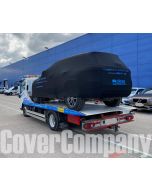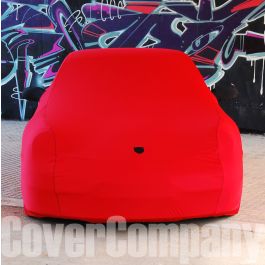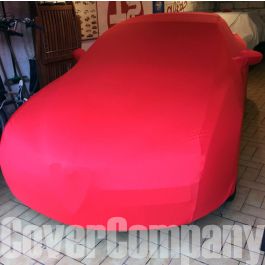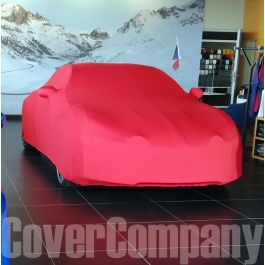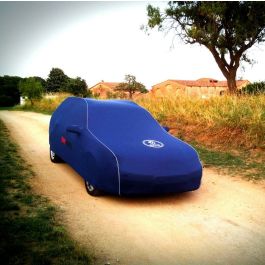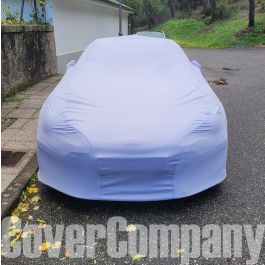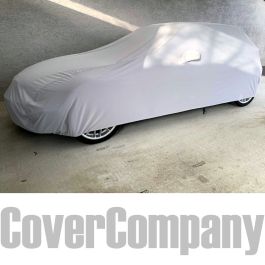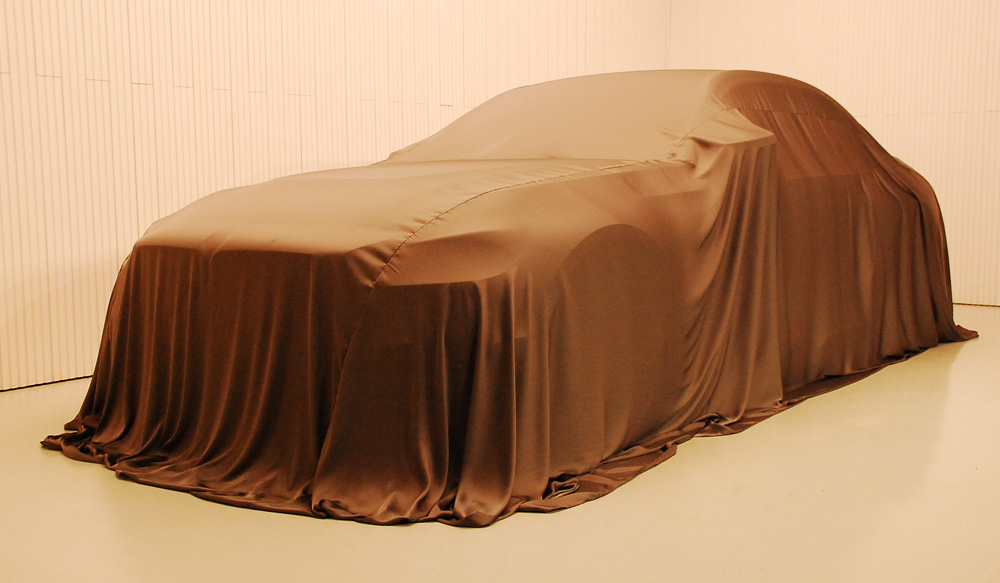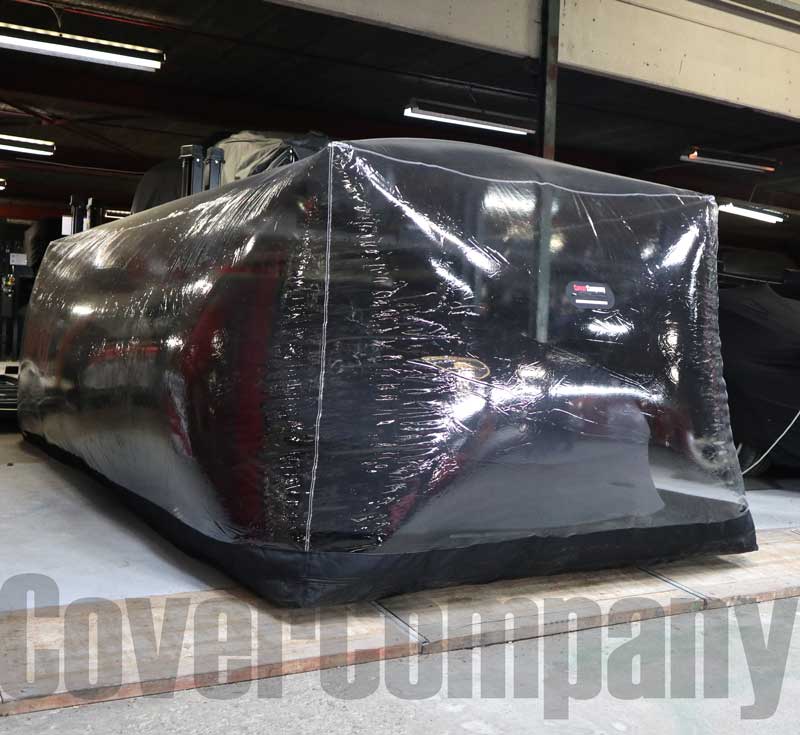The Ultimate Guide On Preparing Your Car For Truck Transportation
The Ultimate Guide On Preparing Your Car For Truck Transportation
 Moving is a stressful experience, but it doesn’t have to be. While driving the car yourself is always an option, it's time consuming and often expensive . An alternative is to use a car transportation service, which can be a great way to quickly and safely get your vehicle where it needs to go.
Moving is a stressful experience, but it doesn’t have to be. While driving the car yourself is always an option, it's time consuming and often expensive . An alternative is to use a car transportation service, which can be a great way to quickly and safely get your vehicle where it needs to go.
With careful preparation, your car can make the journey safely and without any damage. This blog post will guide you through how to take care of your car during transport so that you can enjoy a worry-free move. We'll go over essential steps such as checking fluid levels, protecting the exterior and interior of your car, and more. So read on to learn how to keep your vehicle in tip-top shape throughout its journey!
How to Prepare your Car for Truck Transportation
If you're planning on having your car transported by truck, there are a few things you'll need to do in order to prepare it. First, you'll want to make sure that your car is clean both inside and out. Any dirt or debris on your car could potentially damage the truck's equipment, so it's best to avoid any potential problems by keeping your car clean.
Next, you'll need to make sure that all of your personal belongings have been removed from the car. This includes anything in the trunk or glove compartment - if it can't be securely fastened down, it needs to be removed. You don't want anything flying around and damaging the interior of the car or getting lost during transport.
Finally, you'll need to disable any alarm systems that may be attached to your car. These can often go off while in transit and cause unnecessary headaches for the truck driver. If you're not sure how to disable your alarm system, consult your car's owner's manual or contact the alarm system manufacturer directly.
Following these simple steps will help ensure that your car arrives at its destination safely and without any problems.
The Importance of Selecting the Right Car Transportation Company
When it comes to shipping your car, you want to be sure that you choose a reputable and reliable car transportation company. There are a few things you should keep in mind when making your decision:
- Make sure the company is licensed and insured. This is important in case of any accidents or damage during transport.
- Research the company thoroughly. Read reviews online and see what other customers have said about their experience.
- Get a quote from the company. Be sure to compare rates with other companies before making your final decision.
- Ask questions! If you have any concerns, make sure to ask the company representative so that you can make an informed decision.
- Make sure the company offers tracking services. This way, you can always know where your car is and when it will arrive at its destination.
Preparing your car for transportation
If you're planning on having your vehicle transported by truck, there are a few things you'll need to do in order to prepare it. Here's a quick guide on what to do:
- Make sure your vehicle is clean both inside and out. This will help the driver inspect your vehicle for any damage and also make it easier to load onto the truck.
- Remove all personal items from your vehicle. This includes things like clothes, electronics, and any other loose items that could shift during transport and cause damage.
- Make sure your gas tank is no more than half full. This will reduce the weight of your vehicle and also prevent any spillage during transport.
- Disable any alarm systems that are attached to your vehicle. This will prevent them from going off during transport and startling the driver.
- Make sure your tires are inflated to the proper pressure levels. This will help improve fuel efficiency during transport and also prevent flat tires.
- Finally, make sure you have a detailed inventory of everything in your car. This will help you in the event that something is lost or damaged during transport
Car protection during transportation
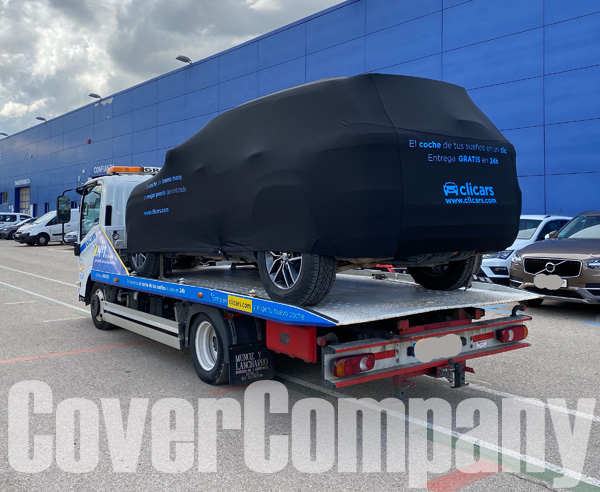 A car cover is an essential piece of equipment for anyone transporting their vehicle. It helps protect your car from weather damage, dirt, and debris while in transit.
A car cover is an essential piece of equipment for anyone transporting their vehicle. It helps protect your car from weather damage, dirt, and debris while in transit.
There are many different types of car covers available on the market, so it's important to choose one that's right for your vehicle. If you're transporting your car long distance, you'll need a heavy-duty cover that can withstand the rigors of the journey. For shorter trips, a lighter-weight cover may be sufficient.
There are a few things to consider when choosing a car cover:
-Material: Car covers come in a variety of materials, such as polyester, vinyl, and nylon. Consider the climate you'll be transporting your car in and choose a material that will withstand the elements.
-Size: Make sure to measure your car before purchasing a cover. You don't want one that's too small or too large.
-Color: White is the most popular color for car covers, but you can also find them in black, grey, and other colors. Choose a color that will complement your car's paint job.
-Fit: Some car covers are designed to fit snugly around your car, while others have loose fits. Again, consider the climate you'll be transporting your car in and choose a cover that will provide the right level of protection.
Our transportation car covers are made-to-measure to fit your car like a glove. Protective car cover for transport on a truck trailer – made from an exclusive waterproof material. 3 layers for the best protection of your car. Waterproof tarpaulin designed completely to measure for your car and equipped with fastening straps for support during transport by truck. The car is protected and there is no risk of the cover flying away.
The material properties are as follows:
-light
- weather and corrosion resistant
-nontoxic
- good permeability
- good impact resistance
Special protection against external aggressions such as:
-Rain, snow, light hail and UV rays
-Bird droppings
-Dust/Dirt
-Scuffs and scratches
What Our Customer Are Saying...
-
PERFECT PROTECTION GOLDWING 1500 By: Gilles COHARD
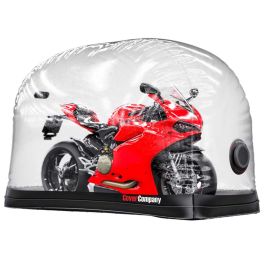 Very satisfied with this indoor size L cover (2.8 m x 1.2 m x 1.6 m) for the Goldwing 1500. Unfold carefully as the package is vacuum-sealed and the transparent part is very sticky. I installed it by myself. Be careful to position the antennas correctly. Consider using protection under the center and side stands to preserve the cover. No instructions in French. This cover is not cheap, but it really does the job. I highly recommend it. CoverCompany responds quickly to questions, which is much appreciated.
Very satisfied with this indoor size L cover (2.8 m x 1.2 m x 1.6 m) for the Goldwing 1500. Unfold carefully as the package is vacuum-sealed and the transparent part is very sticky. I installed it by myself. Be careful to position the antennas correctly. Consider using protection under the center and side stands to preserve the cover. No instructions in French. This cover is not cheap, but it really does the job. I highly recommend it. CoverCompany responds quickly to questions, which is much appreciated. -
Decent quality for the price By: Paul
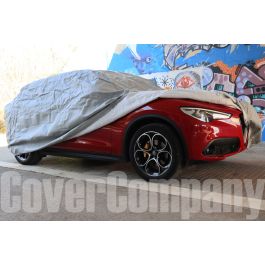 Cover is good quality. Being a standard fit cover it's designed to fit large SUV vehicles which is slightly too big for a Stelvio, but it's better that it's oversized than too small. It's never going to fit back into the storage bag or case that came with it so will have to find another way of storing it which is disappointing. Took about 10 days to get to the UK. - Answer by Cover Company: Thanks for your feedback Paul. The package includes an additional storage bag to store the cover once it has been used,
Cover is good quality. Being a standard fit cover it's designed to fit large SUV vehicles which is slightly too big for a Stelvio, but it's better that it's oversized than too small. It's never going to fit back into the storage bag or case that came with it so will have to find another way of storing it which is disappointing. Took about 10 days to get to the UK. - Answer by Cover Company: Thanks for your feedback Paul. The package includes an additional storage bag to store the cover once it has been used,

